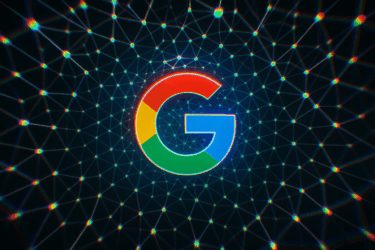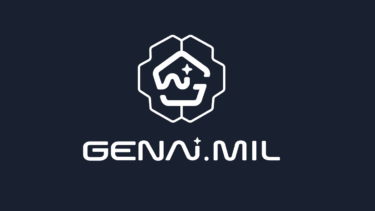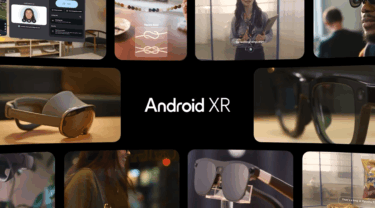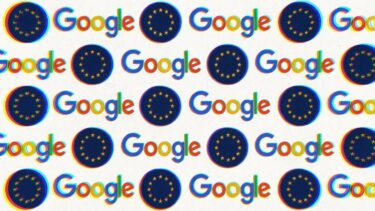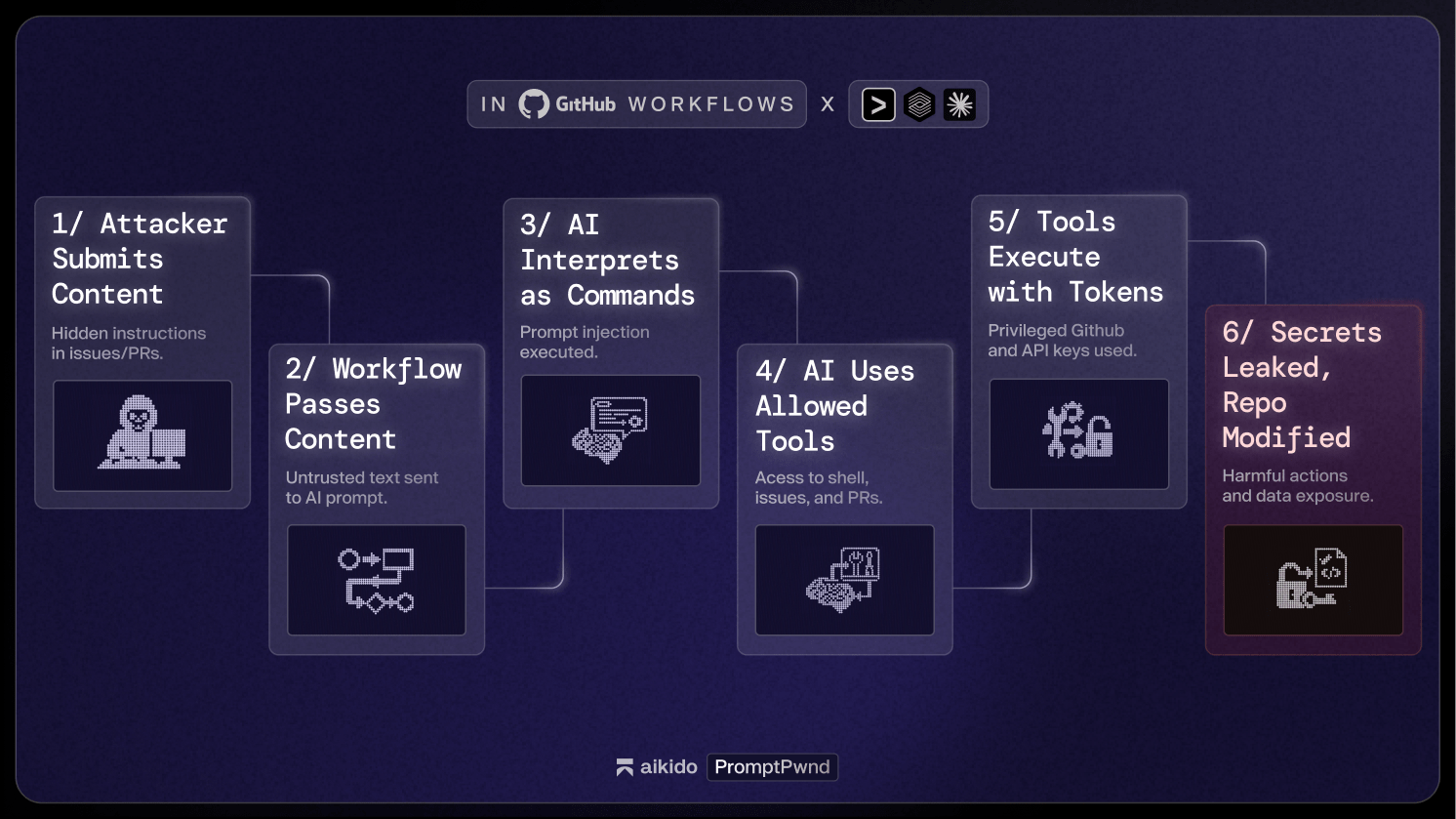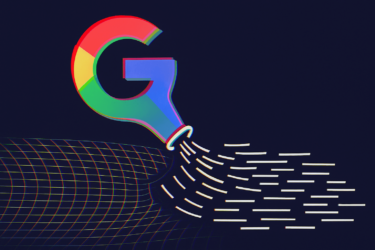Hub AI in practice
Artificial Intelligence is present in everyday life – from “googling” to facial recognition to vacuum cleaner robots. AI tools are becoming more and more elaborate and support people and companies more effectively in their tasks, such as generating graphics, texting or coding, or interpreting large amounts of data.
What AI tools are there, how do they work, how do they help in our everyday world – and how do they change our lives? These are the questions we address in our Content Hub Artificial Intelligence in Practice.
Ad
Ad
Ad
Ad
Ad
Ad
Ad
